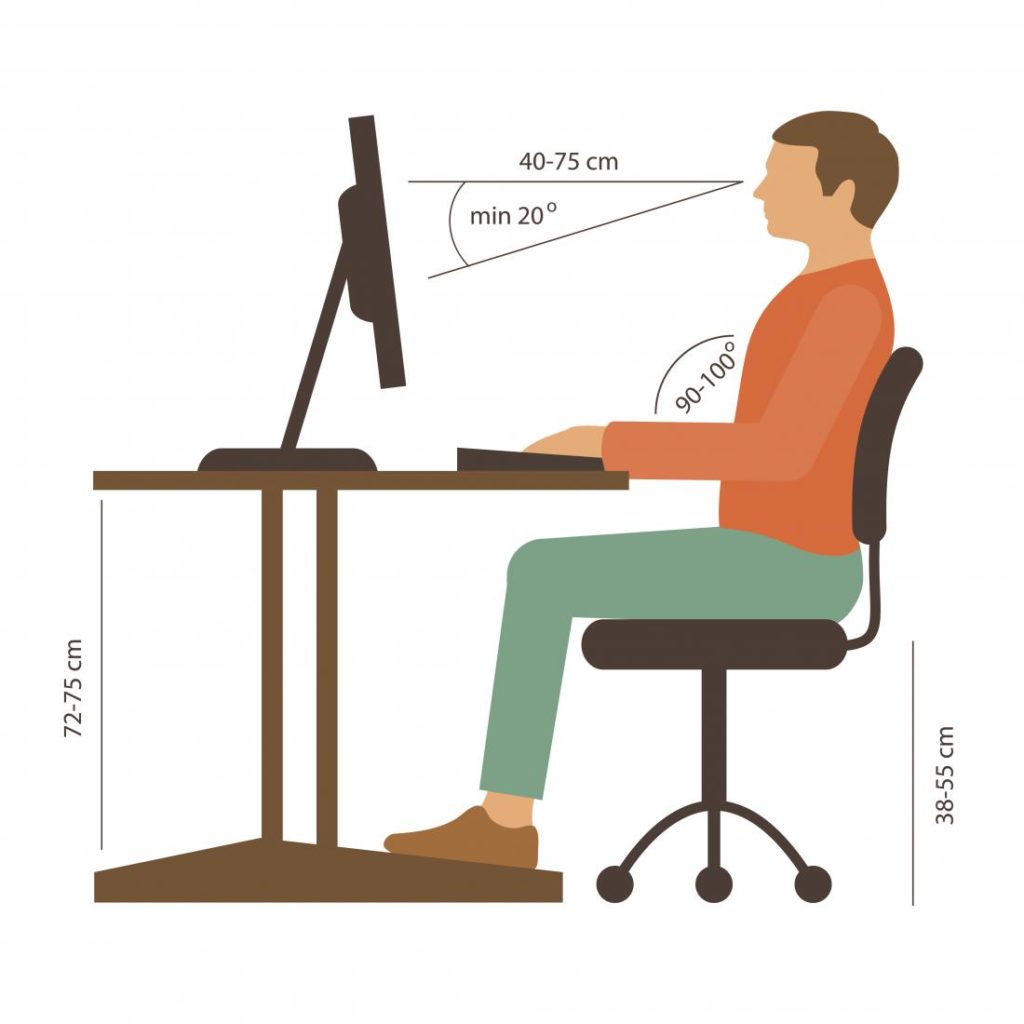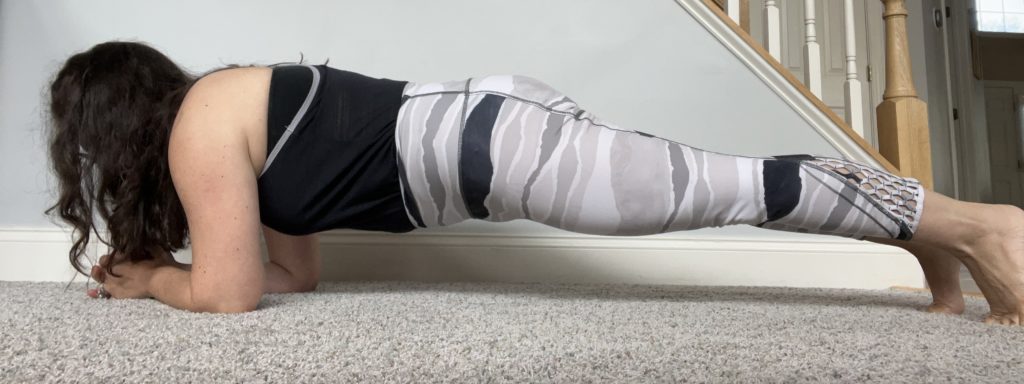This is a great question. Pickleball is gaining popularity and many people are getting into the sport. It attracts people of all ages and fitness levels as it is the type of sport that can be played at different competitive levels. Pickleball is attracting people that are sedentary to get up and start playing. Of course, this is positive in that pickleball is getting people motivated to exercise but it also leads to more injury in people that are not physically equipped to start playing. In addition, pickleball involves going from standing relatively still to quick reactionary motions to get to the ball fast. This has led to a lot of achilles tendon ruptures, ankle sprains, and ankle fractures. If you want to get involved in pickleball, to avoid injury you want to make sure you warm up and stretch after play. In addition to that, you want to work on your overall strength and cardio fitness off the court to help prevent injury on the court.
Preventing Injury
Why Core Strength Matters
Have you ever been told to “engage your core”? There is a good reason why. Your core muscles are what provides you spinal stability with exercise and your daily activities. Your core muscles are not just your abdominals. The core includes the transversus abdominis, obliques, pelvic floor, diaphragm, and erector spinae. Strengthening your core muscles helps improve your posture, balance, spinal stability, and decreases your risk of lower back pain. To learn more about your core strength, a physical therapist can provide an assessment and create a tailored exercise program focusing on the areas you need to strengthen.
Who Benefits From Physical Therapy?
Myth: Physical therapy is only for people who are experiencing pain.
Answer: FALSE- Physical therapy can be beneficial to people experiencing a wide variety of conditions. While we do treat a lot of people that have some sort of pain, we can also help those who are not in pain but still limited in their ability to move and get around. Some of these conditions are listed below. Physical therapists are considered “movement experts” and are well equipped to help you reach your movement goals and achieve a higher quality of life.
- Muscle weakness due to aging or chronic neurological conditions – Physical therapists will help develop a program that promotes recruitment and strengthening of weakened muscle areas to help make day to day life both easier and safer.
- Injury prevention – Some patients come to physical therapy because they are prone to injury and want to take the necessary steps to avoid injury prior to starting a new exercise routine.
- Walking abnormalities – Whether due to a genetic abnormality or acquired from a certain illness or injury, physical therapists analyze how you walk and work to improve your walking to be more safe and efficient.
- Decreased balance/stability -A physical therapist helps to decrease your risk of falling by improving your balance and stability through prescribed exercises.
- Deconditioning – This is commonly seen in physical therapy and can be due to a variety of reasons (aging, prolonged hospital stays, chronic injury, etc). A physical therapist will evaluate you and determine and create an exercise plan to improve your muscle strength and endurance.
How to Decrease Lower Back Pain
Many people suffer from lower back pain. Back pain is so common as the majority of activities we perform throughout our day involve activation of the lower back muscles. Back pain can be caused by poor posture, lack of core strength, improper lifting technique, and muscle weakness. Most of the time, physical therapy can help to decrease your lower back pain and get you back to your daily activities. However, if your back pain is too severe and physical therapy does not seem to help, the next step is to consult with an orthopedic surgeon who will most likely refer you for imaging to determine if there is an underlying condition at your spine causing the majority of your back pain. A physical therapist will help you to be able to navigate your treatment path to achieve the most optimal result.
Ergonomic Tips for Working from Home
If you find yourself working from home more than you normally would, you should consider these tips to avoid an onset of neck, back, or wrist pain.
- Choose the correct workspace – Avoid sitting on a sofa or bed while getting your work done. Instead, you should find a chair that has good low back support and a table or desk that you can place your laptop on.
- Maintain correct posture
- Try to sit with your feet flat on the floor instead of letting them dangle.
- Place your laptop so that the top of the screen is at eye level to avoid straining your neck.
- Try to avoid slouching over the computer by keeping your shoulders pinched back as you work or using your chair’s back support.
- Your forearms should be able to rest lightly on your armrests and desk and your wrists should stay in a neutral position.
- Take frequent breaks – Stand up and walk around for a few minutes at least once an hour at a minimum. If you can avoid staying in one position for too long, it can help to decrease any stiffness you may feel throughout the day.

Why Should I Strengthen my Core?
Your core muscles are important for strength, balance, and overall function. Having a strong core helps to decrease the likelihood of developing back pain due to muscle compensation. There are many core exercises that can be performed in a variety of positions. You can even contract your core while performing any exercise of your choice to make the exercise into a core strengthening exercises.
Here is a core strengthening exercise you can perform anywhere to strengthen your core muscles.
- Assume a push-up position but bend your arms at your elbows so your weight rests on your forearms.
- Tighten your abs, clench your glutes and keep your body straight from head to heels.
- Start by holding the exercise for 10 seconds and build from there.
Make sure you are breathing while performing this exercise.

Let’s Run
A lot of people ask, “does my running form matter?”. The answer is YES. And while there is not one “right” way to run, there are certain elements of your form that you should be aware of to help you get the most out of your run. Making these small adjustments to your form may also help you begin to see an increase in your breathing ability, endurance and speed during your runs.
- Head – keep your head and neck in a neutral position to decrease the strain on your neck.
- Shoulders and Arms -keep your shoulders relaxed, keep your arms slightly bent at the elbow, don’t let your hands come up above your chest, avoid crossing your arms in front of you (this will help with your breathing?and avoid cramps!).
- Trunk- while you run you should keep a slight forward trunk lean to help propel your body forward, forward lean does NOT equal hunching, hunching over should always be?avoided to help optimize breathing.
- Knees- be sure to drive your knees up and forward to help propel you forward and also help avoid tripping.
- Feet and Ankles- try to land on your midfoot/forefoot when running rather than your heels (this will help keep you moving forward and avoid increase force/stress going up your leg).
If you or someone you know is interested in a running assessment please do not hesitate to contact us and one of our PTs would be happy to help you!
Written by: Dr. Taylor Ryan, staff physical therapist at HPT
Think Before you Lift
No matter what your occupation is, it is very likely that you pick things up (and put them down) from lower surfaces at least once throughout the day (both in and out of work). Whether it be packages, weights, children, groceries, something you dropped on the floor, etc., knowing how to properly lift is extremely important for your physical health.
When lifting, it is important to remember the 5 L’s:
1. Load- know your limits! If an object is too heavy, do not be afraid to ask for help.
2. Lever- for heavier objects, it is important to decrease the lever arm (your arm length usually). Lifting something closer to your body will decrease the strain on your back and also make it easier to lift.
3. Lordosis- always do your best to maintain a neutral spine when lifting and avoid bending over (even if it is for something of little weight). It is also important to remember to minimize the amount of twisting you do when lifting something. Rather than twisting to put a box/groceries/etc on a table, try doing a small pivot.
4. Lungs- believe it or not, breathing is important in a heavy lift. A good rule of thumb is to take a deep inhale when preparing for the lift and then exhale during the lift. The biggest thing to remember is to NOT hold your breath when lifting something heavy.
5. Legs- you’ve probably heard it loads of times, but here it is again – lift with your legs NOT your back. Your legs can produce more power during a heavy lift than your back. Using your legs can also help you maintain a neutral spine.
So whether you are at the gym lifting weights, picking up your phone, lifting up groceries, or picking up your young one, remember these tips and your back will be sure to thank you.
Written by: Dr. Taylor Ryan, staff physical therapist at HPT
Rules of Stretching
As you exercise and play sports, do you take time to stretch? As most people are short on time, the first thing to get cut from a workout is the stretching component. As physical therapists, we recommend that you don’t cut the stretching out as this can lead to an injury. Check out the stretching rules below to learn what you should focus on when you stretch:
- Perform a dynamic stretch (no holds) prior to your workout that mimics the sport or exercise you are about to participate in.
- Perform a dynamic stretch for a minimum of 5 minutes prior to your workout.
- After your work out, perform static stretches (hold stretches).
- Perform static stretches in all the major muscles groups you just used during your workout.
- Hold static stretches for 15-60 seconds for 2 repetitions each.
In summary, you can complete dynamic and static stretching for your workout in approximately 10 minutes. That 10 minutes is crucial to not skip as this could save you from an injury that could last weeks or months.
Written by Dr. Amanda Macht- owner of Harbor Physical Therapy

